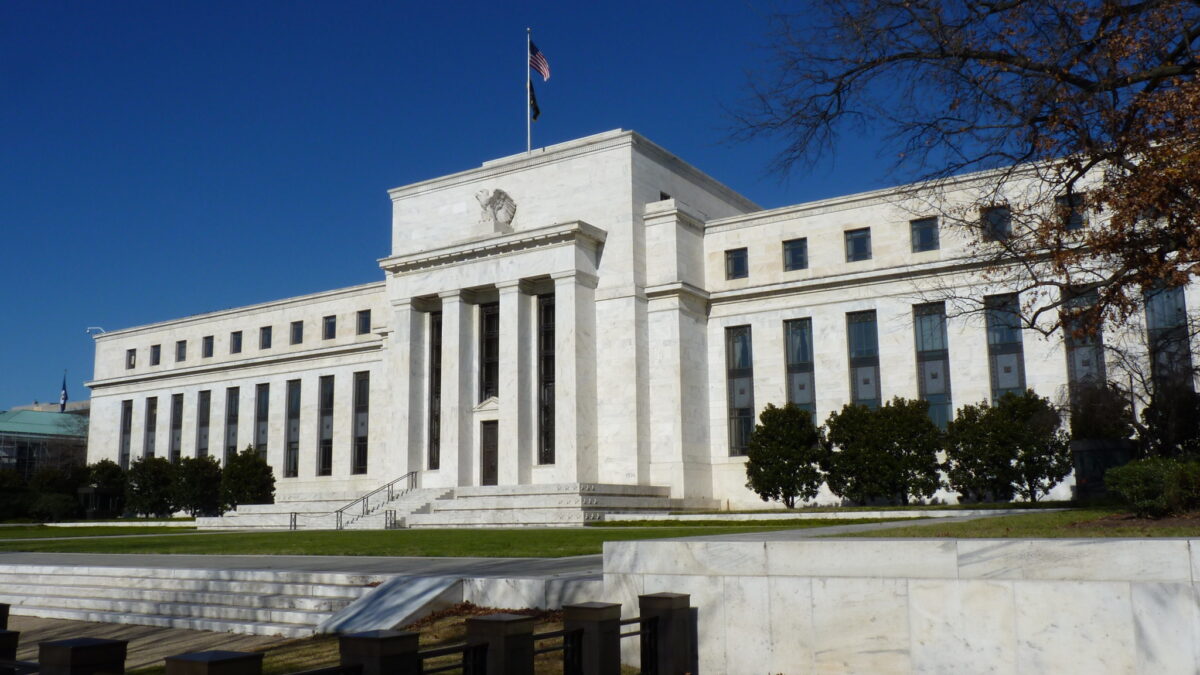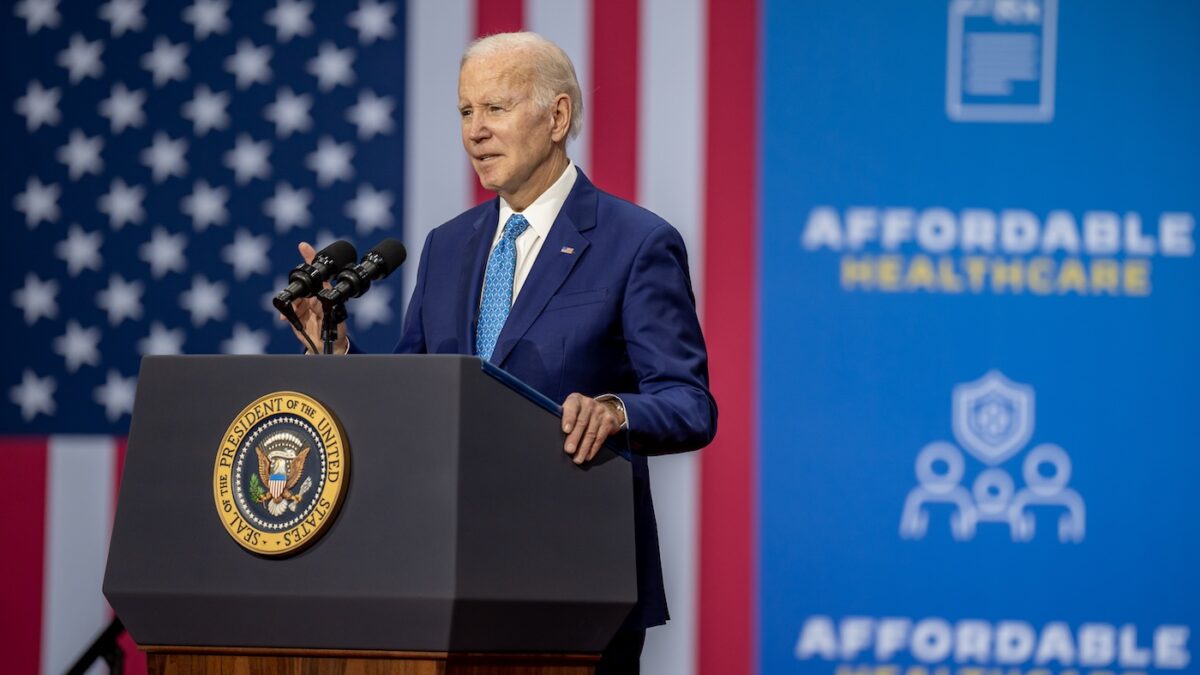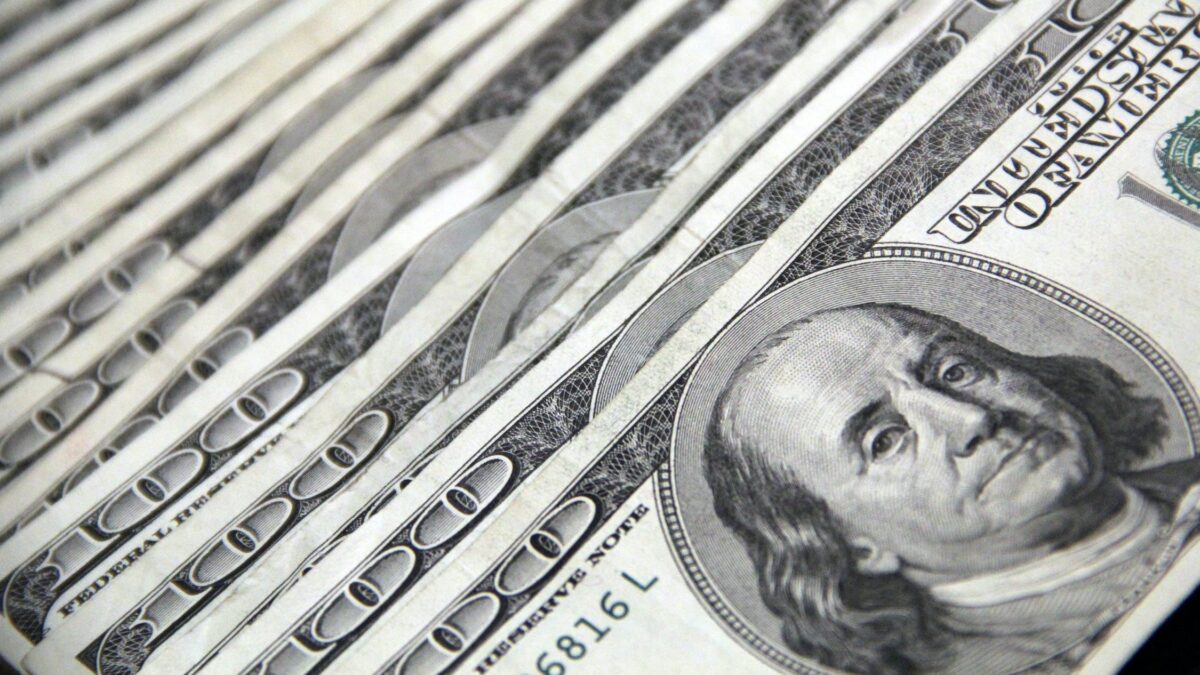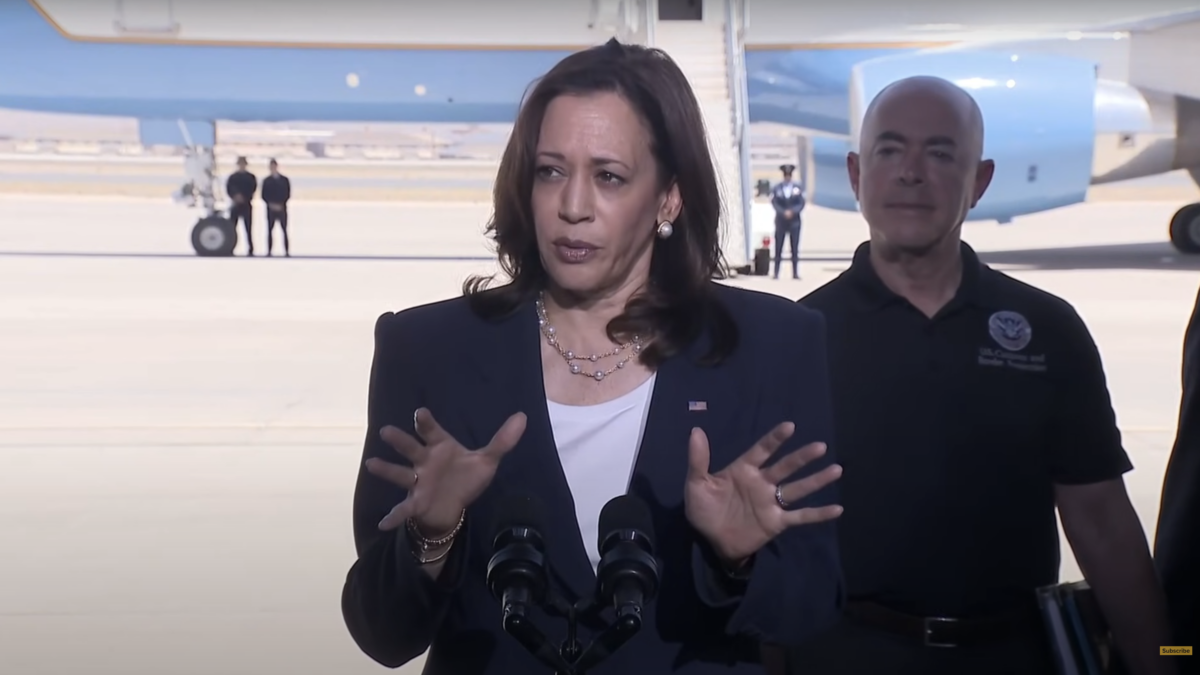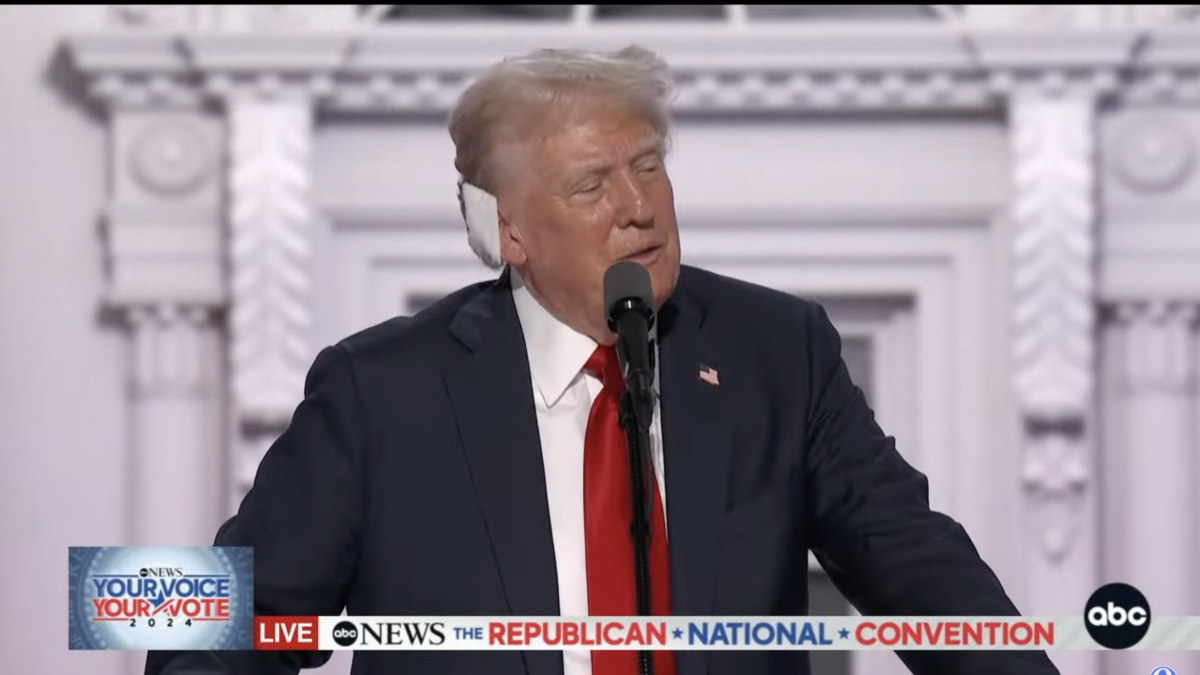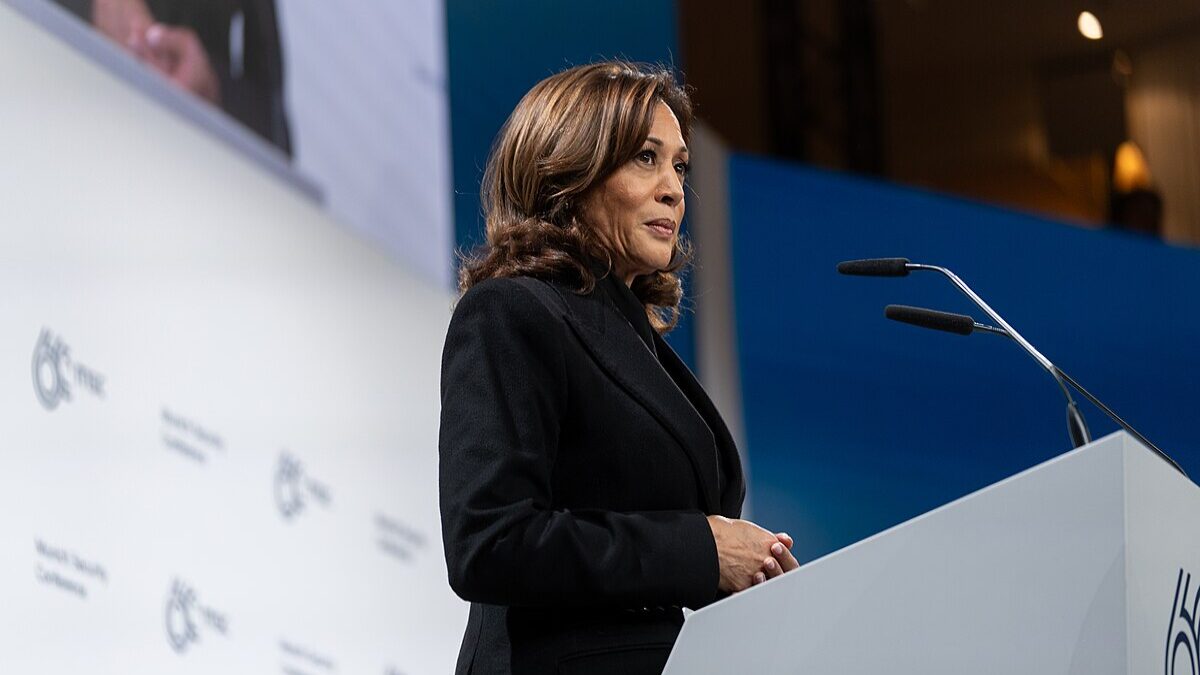The 50-year petrodollar agreement between the United States and Saudi Arabia that designated the U.S. dollar as the global-trade currency for oil sales ended on June 9. The U.S. dollar was essentially the “gold standard” of the global oil trade. Now this is no more, renewing concerns about “de-dollarization” and the future of the American economy.
“Oil exporters settle sales in U.S. dollars because the dollar is the most widely used currency, making it easier for them to invest export proceeds,” explains Investopedia.
Last year, the Heritage Foundation blamed U.S. sanctions for the continued decline of the dollar. Economist Peter St Onge noted that “unprecedented U.S. sanctions against Russia — designed as retribution for Vladimir Putin’s invasion of Ukraine — have been driving friendly countries, from Brazil to Saudi Arabia, away from the dollar and into the arms of the BRICS coalition of anti-dollar nations led by China.”
“Thanks to this concentrated push by China, the dollar’s share in global commerce is plunging. Today, only 40% of world trade is settled in U.S. dollars, down from 52% just a decade ago,” according to St Onge.
Benn Steil, director of international economics at the Council on Foreign Relations, concurred that “the biggest threat to the dollar’s dominance comes not from competitive alternatives, but from the U.S. government itself.” According to Steil, “U.S.-led sanctions” created economic hardship for other nations, leading those countries to “reduce their engagement with the U.S. financial system.”
The Growing Influence of BRICS
Nations such as Russia and China have expressed interest in de-dollarization for these very reasons.
Russian President Vladimir Putin recently heralded de-dollarization at the St. Petersburg International Economic Forum. The ruble now accounts for about 40 percent of Russia’s export and import transactions, according to Putin.
Putin called for increased use of currencies other than the U.S. dollar in foreign trades and noted this will be done with the help of BRICS, an acronym for the partnership formed by Brazil, Russia, India, China, and South Africa in 2009. Its main goal is to challenge a Western-led world order and strengthen its own interests.
BRICS had continued to grow at a slow pace until last year. Then, in February, Egypt, Ethiopia, Iran, Saudi Arabia, and the United Arab Emirates (UAE) were invited to join. In the wake of the end of the U.S. petrodollar deal, China is now also seeking a larger BRICS role, according to Reuters.
Venezuela is the latest country to seek aid from BRICS to combat sanctions that the U.S. has imposed on the nation’s gas and oil industry, teleSUR reports.
American Money Troubles
Meanwhile, the U.S economy has seen increased inflation, record-high mortgage rates, and an uncertain job market. In August of last year, the Fitch rating agency dropped the U.S. credit rating from AAA to AA+. One-third of Americans believe economic collapse will be the death of the U.S., according to Fortune.
While the Biden administration continues to claim the economy is “strong,” the possibility of de-dollarization is being realized by other nations. “De-dollarization is unstoppable,” economist Yuefen Li wrote in International Banker in January.
The end of the petrodollar lessens the power of U.S. currency even more and will lead to increased inflation once foreign holders of the U.S. dollar send that money back. With BRICS gaining more members and the U.S. dollar continuously losing its value and respect, American wealth is on the chopping block.


